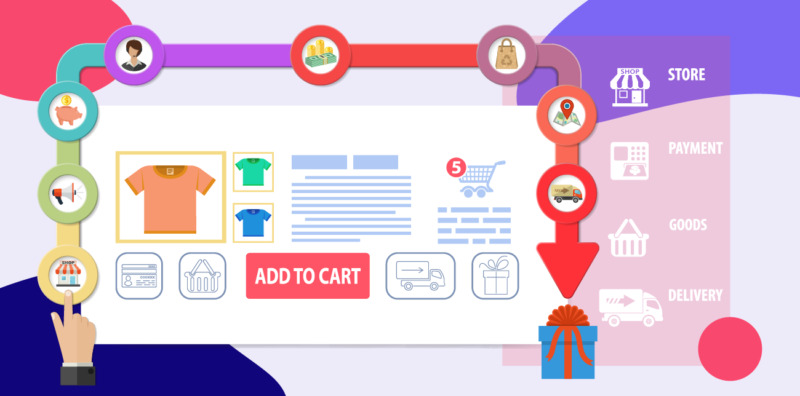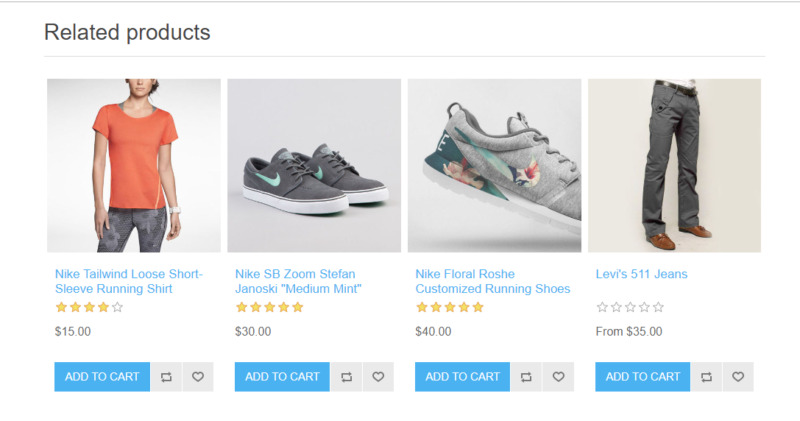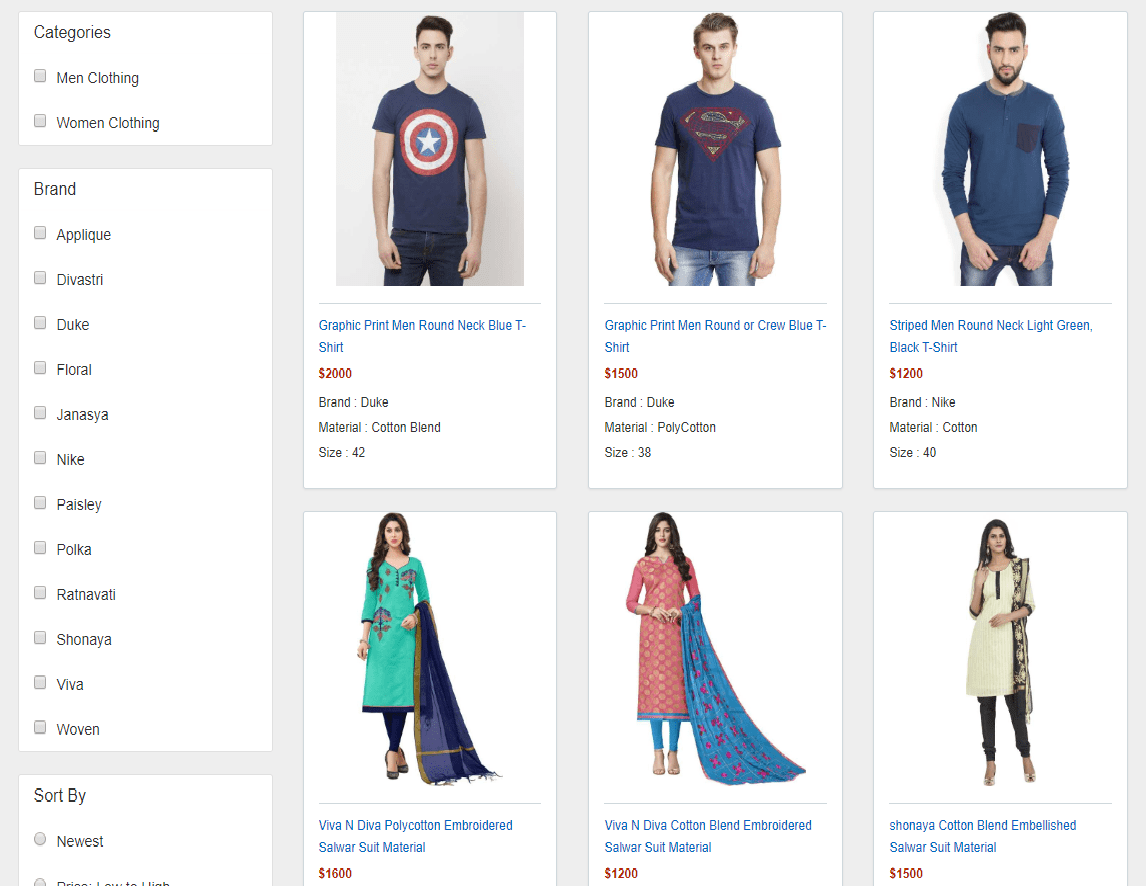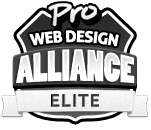E-Commerce Website Best Practices
Web design for E-Commerce websites is the design that provides end users the best possible experience when looking for products that can be purchased online. When it comes to E-Commerce design over just normal web design there isn’t a huge difference with a lot of the main principles. People still want eye pleasing, easy to use/navigate websites that allow them the freedom to find the information they seek very easily. The big difference comes down to the product lists and Shopping Cart functionality. A properly designed E-Commerce website can do amazing things for your product conversions.
Why E-Commerce Web Design is Different Today and More Important than Ever
One of the main reasons why E-Commerce Web Design is so much different today than it was in the past is because it is far more secure than it was back in the day. The security measures that these sites go through these days are quite literally even better than many of the big banks. In order to establish a sense of trust with the public when making online purchases, the industry had a bit of an uphill battle. Now with mobile responsiveness, E-Commerce web design had to take a big step forward to provide a similar experience desktops had already. It is with these evolutions in the industry and more importantly on our team that we ensure all our E-Commerce clients’ website follow all the best practices and latest design principles in order to continually increase the client conversion rate.
Have you ever gone to a website to search for a specific product you want and while seeking it out you found related products that are just as interesting? Well, that isn’t by accident, that is completely by design and it is something that you should consider essential to your online store. One of the biggest hurdles you will come by is getting shoppers to your site, but once you get them wouldn’t you like to sell them more than one of your products? This is the time to do that. When entering in your products, always think about what else is related to that product or what accessories might enhance the use of the original product.
Important Feature – Product Filtering
Discoverability and findability are two very important things that every designer strives for when building out an E-Commerce website. Discoverability is when you find that perfect product, even though you weren’t looking for it in the first place. Findability is that perfect product you sought out from the start to find. Product Filtering has the ability to do both.
What are important pages for an E-Commerce website?
Homepage, products page, shopping cart and some sort of checkout page, right? What else do you think is required? Over the years we have worked on a ton of E-Commerce sites and have come up with a list of pages that we feel are essential. We have identified 25 of these essential pages.
1. E-Commerce Homepage Essentials
This is an essential page for not just E-Commerce websites but for any website on the internet. The home page can include all the products, services, imagery and really anything that you want the end user to be driven too. Once end users land on this page, it can act as the launching pad for really anything within the website. Remember this usually on the first page that end users come to so the first impression when people get here are vital in the sales process of whatever you may be selling.

2. Keyword-rich Category Overview
This is the top-level category (Men or Electronics), which will showcase a high-level overview the types of products within that category. If there is only one category than you can skip the Category Overview entirely and start with the Category Page.
3. Category Landing Pages
The Category Page is usually a grid-like view of the products within a specific category. Usually, these pages offer a filtering function so end users have the ability to easily drill down to the products they desire to look more into or hopefully purchase.
4. Concise Product Pages
This page is where the details of each product live. From product details to reviews to related products to social media sharing, these are just a few features that need to be on the product page which will hopefully entice end users to purchase.
5. Search Functionality
Navigating through product categories and product pages is just one way for end users to get to the products they desire to see. Another very effective way and a bit of a shortcut is using Search. Providing a simple search feature on an E-Commerce site is a sure bet way to win over more customers.
6. Optional Account Login
E-Commerce sites that have accounts allow for customers to save their data such as transaction or payment history. It also lends itself to loyalty/reward programs.
7. Add to Cart
This is more of a feature than a page, it is extremely important that when someone adds an item to their Shopping Cart the end user is visually notified along with the detail of everything else they added before hand.
8. Shopping Cart Page
The Shopping Cart needs to have all items added from throughout the buying process listed on the Shopping Cart page where the end user will have the ability to delete products, make modifications or checkout.
9. Checkout Flow
This is a multi-step process where the end user can abandon at any point up until the payment processing piece. The first step to checking out is either creating a new customer account or if the end user isn’t interested in that, a guest account can be leveraged. Once that is determined, shipping information needs to fill out so that cost is added to the checkout process along with the choice of delivery is determined. Now that the costs are all added up along with shipping that was just decided on, the payment process piece will need to complete as well. It is at this point that the end user can make a final decision on the products they are about to purchase, make changes to shipping, abandon the purchase altogether or provide their payment information to complete the order.
10. Confirmation
The minute that the order is submitted, a simple thank you message should pop up letting the end user know that the order was successfully submitted along with the order details and hopefully an order number that can be used to track if there is an issue. Also, a similar email should be sent out for the end user’s records.
11. Account Pages
These include Order History, Order Detail Review, Customer Profile. With the customer’s account, they should have the following pages for them to view and or modify at their leisure. A place for them to see their previous orders is a good way for them to feel comfortable that they have the ability to always come back and see what they bought before. Within that page, the ability for them to drill down into each order again gives customers that flexibility that they desire. Just like any other account, there needs to be a section that the end users can go in and modify their profile as circumstances for customers are constantly evolving. Providing them the access for modifying own information is a great way to built trust.
These don’t really add to the order process a whole lot, however, provide some value to the end users when visiting your E-Commerce website. An Email Sign Up feature is a great way to obtain potential clients interested in your products for future purchases.
A simple page that outlines your return policy is never a bad thing since there will always be a percentage of people that want to know that they have an option of returning the products if they aren’t working properly or are what they are looking for.
One of the big questions that online shoppers have in mind is the cost associated with shipping. Providing this information up front will create a sense of transparency that people are always looking for.
Help and/or Contact Us is a staple page that many users look to when they have a very specific question to ask or look for. Having this page readily available in the navigation will make this process that much more seamless for your shoppers.
Last but not least are the Terms & Conditions and Privacy Policy, these are not essential in the buying process at all but are more focused on ensuring that the end user knows what is allowed and not allowed when using the site or when you obtain their information.








